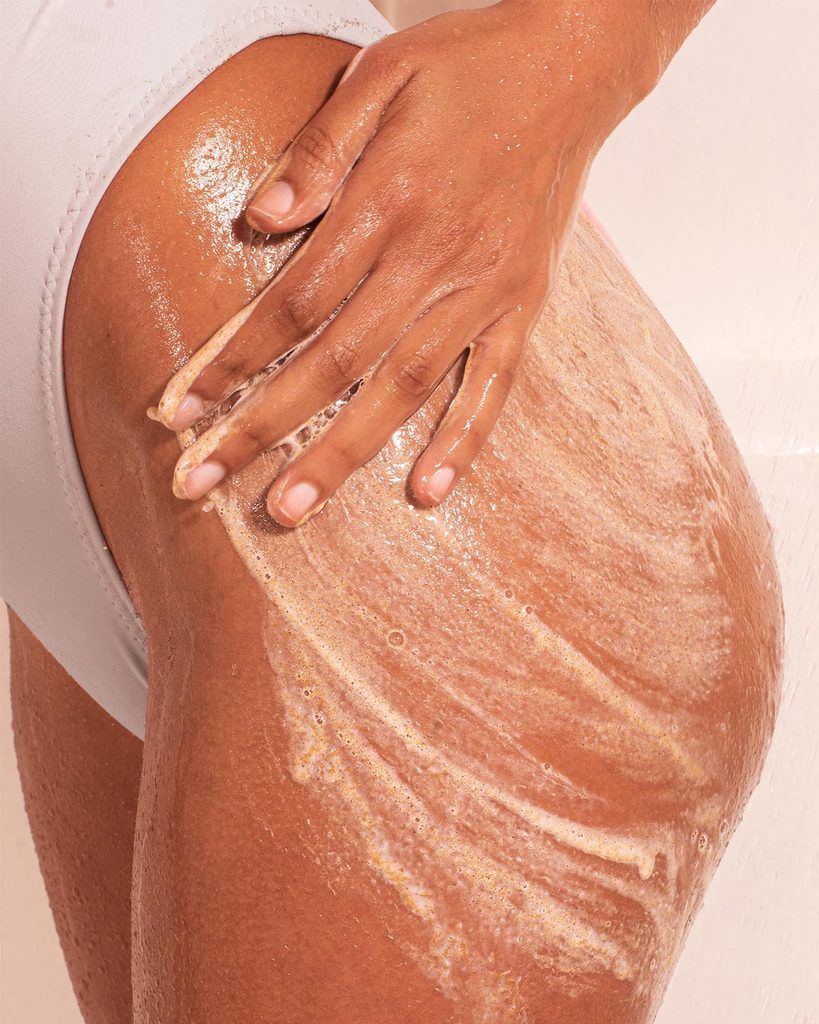Beauty...

By MollySims.com
Cellulite isn’t seasonal, but — let’s face it — summer (ahem, the season of shorts, skirts, and bikini bottoms) usually inspires more chatter about these genetic skin dimples. You know the ones. Dr. Dendy Engelman, MD, FACMS, FASDS, FAAD, says the look of cellulite is often described as cottage cheese. But make no mistake: this snack has no actual relation to the dumpling effects in the thighs, buttocks and other areas of the body.
To squash any myths, plus more info and potential solutions, here’s what you need to know about cellulite.
Cellulite is caused by three issues: enlarged adipocytes (fat cells), fibrous septae, and thinning dermis, says Dr. Engelman, who is based in New York City. “Enlarged pockets of body fat deep beneath the skin can push against the vertical connective tissue (a.k.a. fibrous septae) surrounding fat cells, which connect the fascia (connective tissue around the muscle) to the dermis,” she says.
“When the fat cells expand, the space between the fibrous septae and under the skin becomes limited and as a result, an uneven texture results,” explains Dr. Dendy. “The pressure forces the fat against the top layers and creates what we recognize as cellulite.”
Although men can have cellulite, Dr. Engelman says it is more common in women. She explains the reason for this is that the anatomy of male and female fat is different. “Women have vertical fibrous septae, which pull down on the dermal structures and cause dimpling, where men tend to have horizontally arranged septae that don’t cause superficial textural irregularities,” she says.
Quick refresh: Cellulite is genetic. So… while weight can be an influence, it is not the only factor. “Since cellulite is fat, excess fat can contribute to the appearance of cellulite,” says Dr. Engelman.
Here are 5 ways to combat dimpling at the gym, the spa, at home and at your doctor’s office:
Dr. Engelman says increasing muscle tone and exercising can help. Firming the muscles can help tighten the skin and reduce the appearance of cellulite. That means, sign up for Pilates, a dance class, or grab your running shoes. Get moving!
Massaging regularly can help to redistribute fat cells, improve circulation, drain excess body fluid while plumping up the skin. Dr. Engelman notes these in-spa treatments or at-home methods can temporarily reduce the appearance of cellulite. More on dry brushing here.
ALASTIN TransFORM Body Treatment is recommended by Dr. Engelman. “This award-winning formula removes damaged collagen and elastin and promotes the production of healthy collagen and elastin, while hydrating and firming the skin,” she says. “It’s great for daily use and has synergistic benefits when combined with body-sculpting treatments.”

This nonsurgical treatment is the first and only FDA-approved injectable for adult women. To treat moderate to severe cellulite, injections take place in a doctor’s office three times in the course of two months. Injections take 10 minutes or less, so if you have a busy schedule — fret not!
While smoothing away the look of dimples, NuBody by NuFace visibly helps tone and firm body skin. The FDA-cleared device supplies a powerful and targeted microcurrent with four treatment spears. And, it only takes 5 minutes to complete at home.
Instead of shuttering over the thought or conversations regarding cellulite — lean into these options for a smoother summer — and yes, wear those shorts!